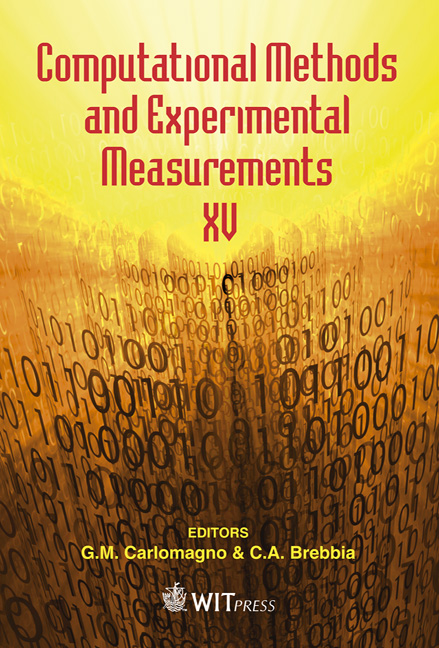Identity Management In VHF Radio Systems
Price
Free (open access)
Transaction
Volume
51
Pages
9
Page Range
473 - 481
Published
2011
Size
381 kb
Paper DOI
10.2495/CMEM110421
Copyright
WIT Press
Author(s)
Z. Piotrowski & P. Gajewski
Abstract
For up-to-date commercial short-distance communication systems, e.g. RF systems of VHF bandwidth or WiFi wireless networks, the development of efficient and reliable algorithms and procedures for management of the radio network subscriber identity is becoming still more important and urgent need. The existing systems for that purpose are limited to checking of a simple authorization code against the tables for supervising the RF information. Identity of a radio network subscriber is verified on the basis of the rule that hidden messages and hidden responses are generated during the communication sessions. The concept of the centralized system for management of identities is based on the rule that a unique set of PIN numbers is assigned to each subscriber of the RF communication system. Each PIN number is repeatedly changed during a communication session in order to avoid the attack when a part of the signal including the PIN code is copied from the communication signal for further redistribution. Keywords: VHF radio, hidden communication, hidden authorisation. 1 Introduction Electronic identity understood as an unambiguous assignment of a digital ID to an individual person fulfils many important functions in contemporary telecommunications. Mechanisms of identification, authentication and authorization ensure the function of incontrovertibility of sent information and the use of abbreviation function mechanisms makes it possible also to verify the integrity of the received information. Safe data transmission through a telecommunication network requires the sent data to be provided with the following information: who sent it, who the addressee is; often, also confirmation is required of: who received the data and whether the received data
Keywords
VHF radio, hidden communication, hidden authorisation





